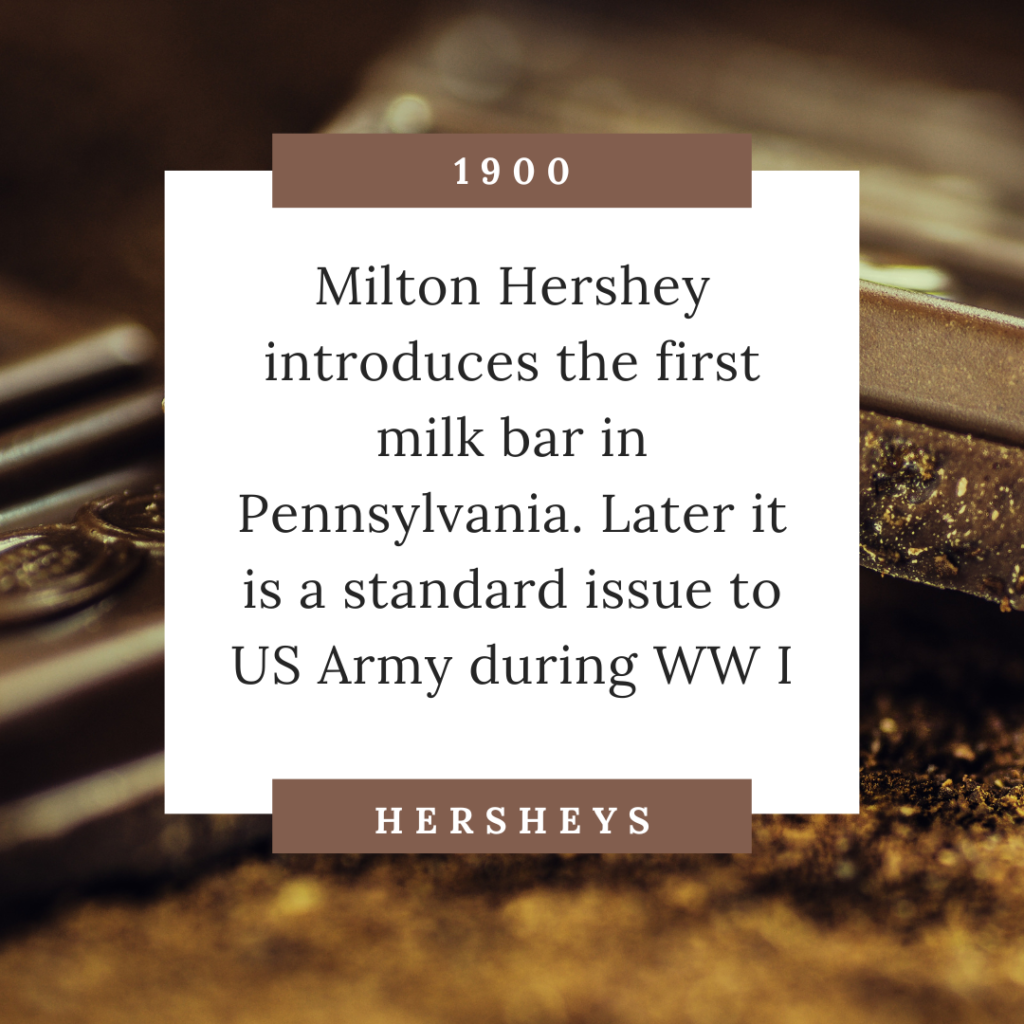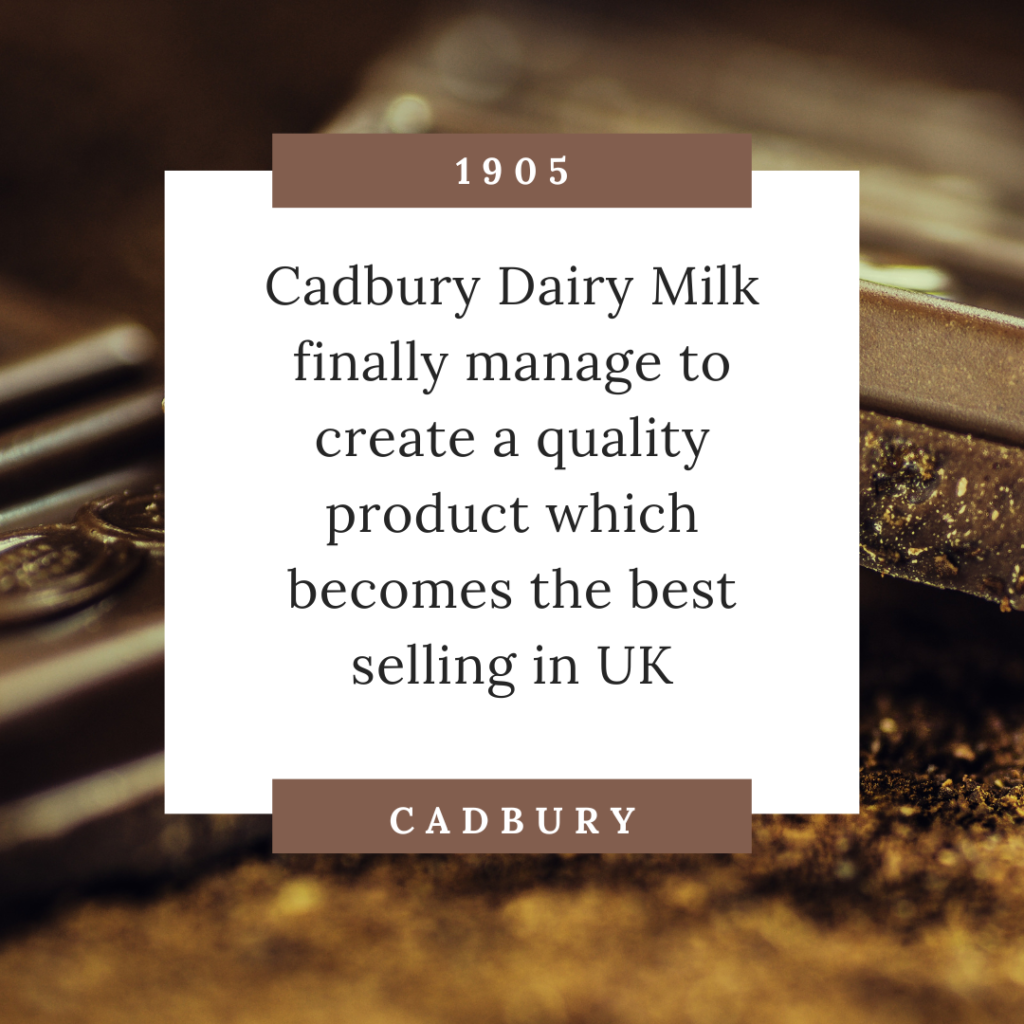What does the word chocolate bring to your mind? Chocolate is the best known food that we all know. You might hardly find anyone who has bad memories with chocolates. Just like the taste, even the history of chocolate is fascinating.
While talking about history we have two phases of chocolate discovery and use. One is several hundred years ago in the time to Mayans and Aztecs. Very little is known about those times. The second phase begins with Europeans visiting regions deep in the Amazonian jungles.
The Spanish Story
On 12 Oct 1492 Christopher Columbus landed on the shores of the New World. He mistakenly thought that he had reached India! The Portuguese empire was well entrenched in most of Asia. So the Spanish were looking for new lands to expand trade and market. With the first voyage successful, Columbus got more funding. During his fourth voyage in 1502 he came across a boat of Mayans with a cargo of cacao beans. As noted in his diary, Columbus thought the cargo is almonds and let it go. In 1519 the Spanish conquistador Castillo managed to consume the first chocolate drink as it was drunk by Aztecs. Mixed with hallucinogenic mushrooms, he recorded the taste in his diary. The Spanish also discovered that cacao beans were used as currency. In the coming years, Spanish conquered Mexico and introduced cultivation of plants and vegetables. Chocolate became more and more acceptable as Spanish settlers mixed with Aztec locals.
It was a mandatory practise to present the treasures of the New World to the Spanish Courts. However there is no evidence of any cocoa presented to the King of Spain. However the ships carrying cacao seeds were being looted by the English and the ships were reinforced to carry this valuable cargo. However the first documented use of chocolate was by Spanish friars and monks in 1544. Spanish even attempted to cultivate cacao in Europe, but without any success. Chocolate as a drink soon spread all across Spain among the royals and wealthy. The first hundred years chocolate preparation and consumption remained almost a secret in Spain. As Spanish and French started marrying among each other, the secret began to reveal to the rest of Europe.
How chocolate became a solid
Processing of cocoa beans was a complete manual process. This prevented mass production which restricted chocolate usage to the upper class while common people drank coffee. Europeans have a dark past by introducing slavery to boost production and processing of the beans. But once the beans were shipped they now tried to use mechanical means to speed up the second part of the processing. The first mechanical cocoa grinder was patented in England in 1729.
In 1761, Joseph Fry started a company, J. S. Fry & Sons and filed a patent for chocolate refining process. However it was Lombart who created the first chocolate company in 1760. The real progress however began only after the industrial revolution. True mass production of chocolates began only in the 1800s.
The Dutch chemist, Coenraad van Houten invented a process to alkalize cocoa to reduce the acidity and bitterness. He also introduced a press to remove cocoa butter from chocolate liquor. This made chocolate cheaper to make and more consistent. This invention is considered to be turning point in chocolate making since it was the precursor to making chocolate solid.
In 1847, J. S. Fry & Sons once again comes on the scene. They discover a way to make chocolate in the shape of bars by mixing cocoa powder with sugar and cocoa butter. Later they started mass producing these chocolate bars under the brand name Fry’s Chocolate Cream. These were the best selling chocolates of their time. Till this time, it was the British who had a firm grip over mechanical chocolate production. But they were soon going to be challenged by another country.
Dark chocolate becomes milky
There were many attempts to mix milk with chocolate but that was using liquid milk. Daniel Peter invented the milk chocolate by mixing powered milk with chocolate liquor. The milk powder was developed by Henri Nestle. All of a sudden the dark bitter chocolate suddenly tasted much creamier and sweeter. With the invention of the conching machine in 1879 by Rodolphe Lindt, the dominance of Swiss over chocolates was complete, which it hold even today. But the British were not far behind.
By 1868, Cadbury was already selling box chocolates. In 1875 they were able to mould chocolate into oval shapes by using pure cocoa butter. 1893 saw Milton Hershey purchase chocolate processing machines in Chicago and ship it to United State of America. There he setup the Hershey’s line of chocolate with a twist of caramel. But they were not the first ones in America. Almost a hundred years earlier, Baker’s Chocolate of The Baker Chocolate Company was already making chocolates with cocoa beans imported from the West Indies. Finally white chocolate came to America in 1946 when Frederick Hebert tasted the white candies for the first time while travelling across Europe.
For hundreds of years, chocolate was just a drink. It was due to the machines that it became a food with various types of chocolates being manufactured all over the world.




